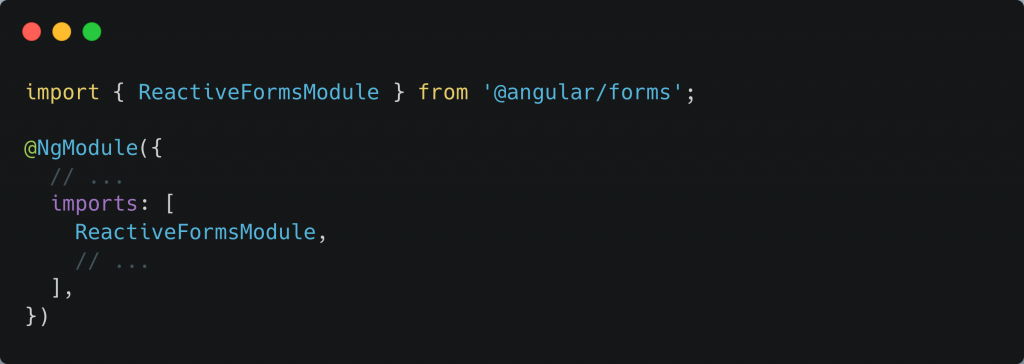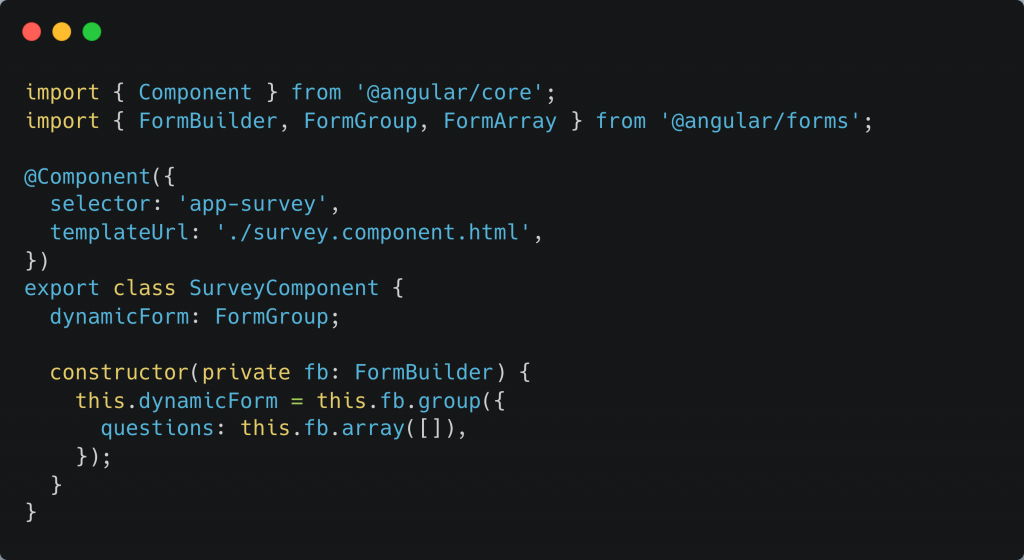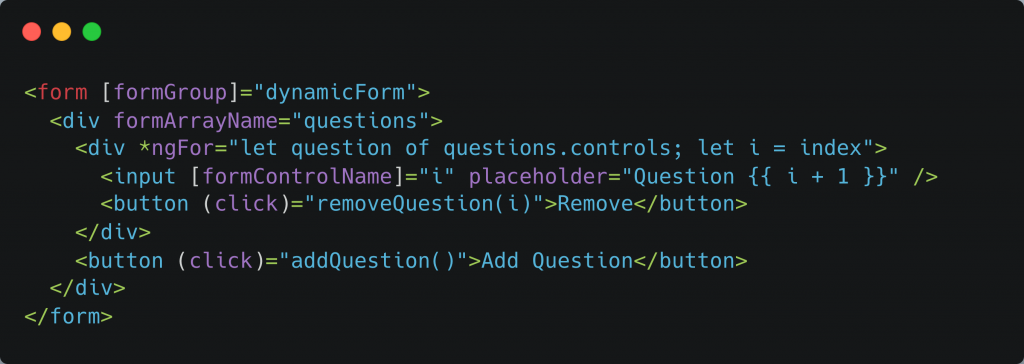Concept of Angular FormArray
In the world of web development, creating forms is a common task. Forms allow users to interact with a website by inputting data, submitting requests, and more. Angular, a popular JavaScript framework, provides a robust solution for building dynamic forms with the FormArray feature. FormArray allows developers to handle dynamic form controls seamlessly, catering to scenarios where the number of input fields isn’t fixed.
Table of Contents
- Understanding FormArray
- Working with FormArray
- 2.1 Creating a FormArray
- 2.2 Adding and Removing Form Controls
- 2.3 Accessing FormArray Controls
- Use Cases of FormArray
- 3.1 Survey Forms
- 3.2 Shopping Cart
- Conclusion
1. Understanding FormArray
FormArray is a subset of the FormGroup class in Angular’s Reactive Forms module. It’s designed to manage an array of FormControl instances, enabling the creation of dynamic forms with variable numbers of form controls. This is particularly useful when dealing with scenarios like survey forms with a dynamic number of questions, or a shopping cart with varying items.
2. Working with FormArray
2.1 Creating a FormArray
Let’s go through a step-by-step example of how to create a dynamic form using FormArray. We’ll create a simple survey form where users can add questions.
- First, ensure you have the ReactiveFormsModule imported in your module:

- In your component, import the necessary modules and define the form:

- Now, let’s create the HTML template:

2.2 Adding and Removing Form Controls
One of the key advantages of FormArray is its ability to add or remove form controls dynamically. This is often required when users can add more fields to a form on the fly. The methods push() and removeAt() can be used to achieve this:

2.3 Accessing FormArray Controls
To access the individual controls within a FormArray, you can use the at() method:

3. Use Cases of FormArray
3.1 Survey Forms
Imagine creating a survey form with dynamic questions. With FormArray, you can allow users to add as many questions as they need. This provides a seamless and user-friendly experience, as a fixed number of predefined questions won’t restrict users.
3.2 Shopping Cart
In an e-commerce scenario, a shopping cart can utilize FormArray to manage the items the user selects. Each item can be represented by a form group containing details like product name, quantity, and price. Users can add or remove items as needed, and the form’s structure adapts accordingly.
4. Conclusion
Angular’s FormArray brings immense flexibility to dynamic form creation. Whether you’re building survey forms, e-commerce carts, or data-entry interfaces, FormArray empowers you to easily handle dynamic form controls. By understanding its concepts, working with its methods, and exploring its various use cases, you’ll be well-equipped to create sophisticated, user-friendly, and dynamic forms that cater to various scenarios. Start leveraging the power of FormArray today and enhance your Angular development projects like never before. Stay tuned for more upcoming blogs on similar topics.



